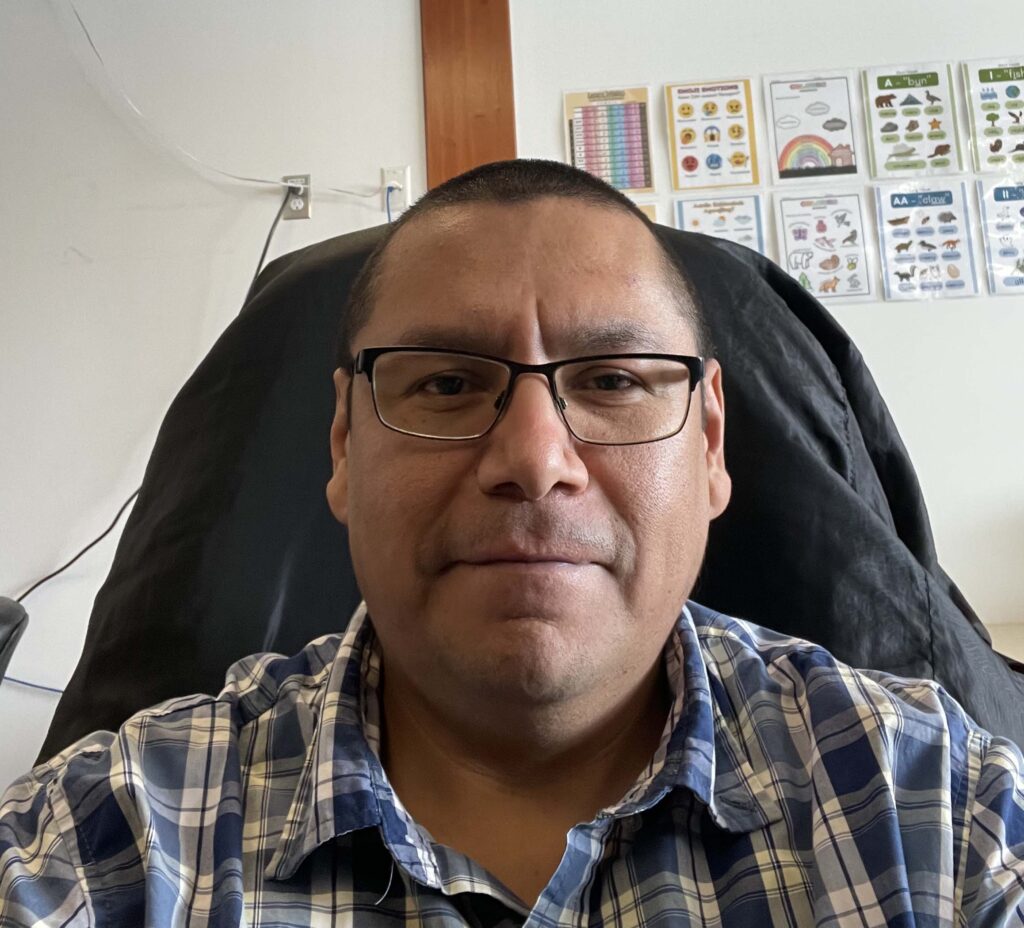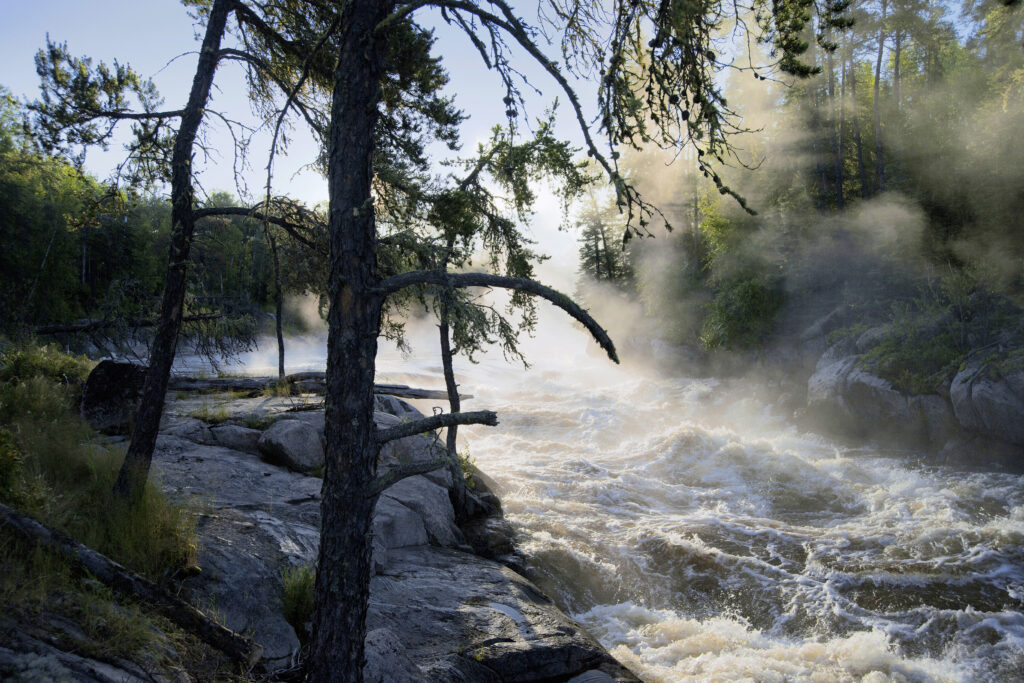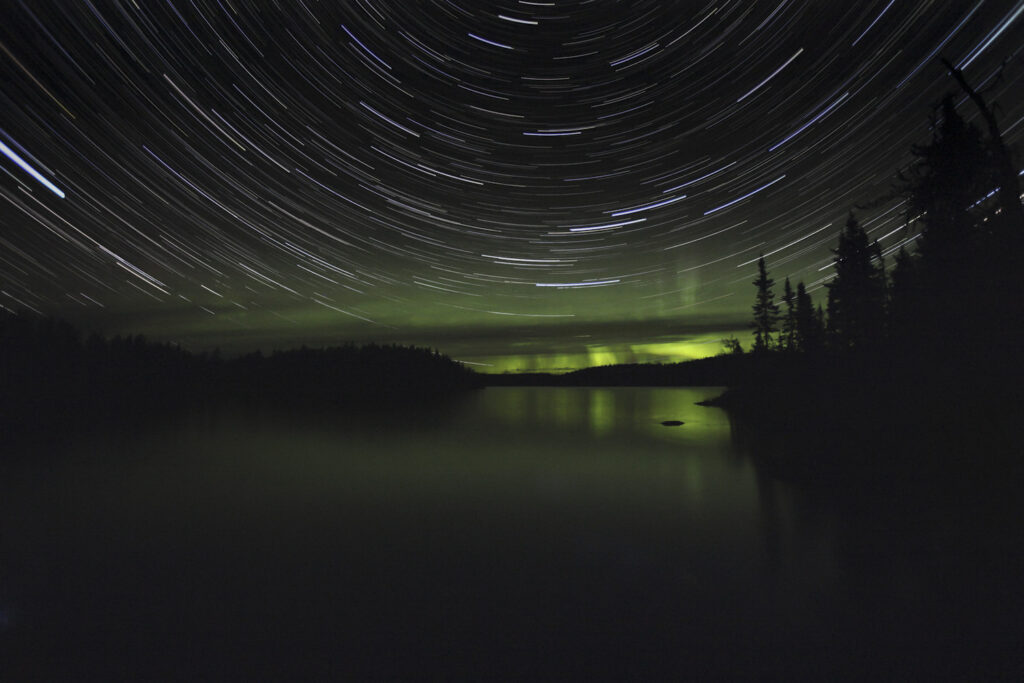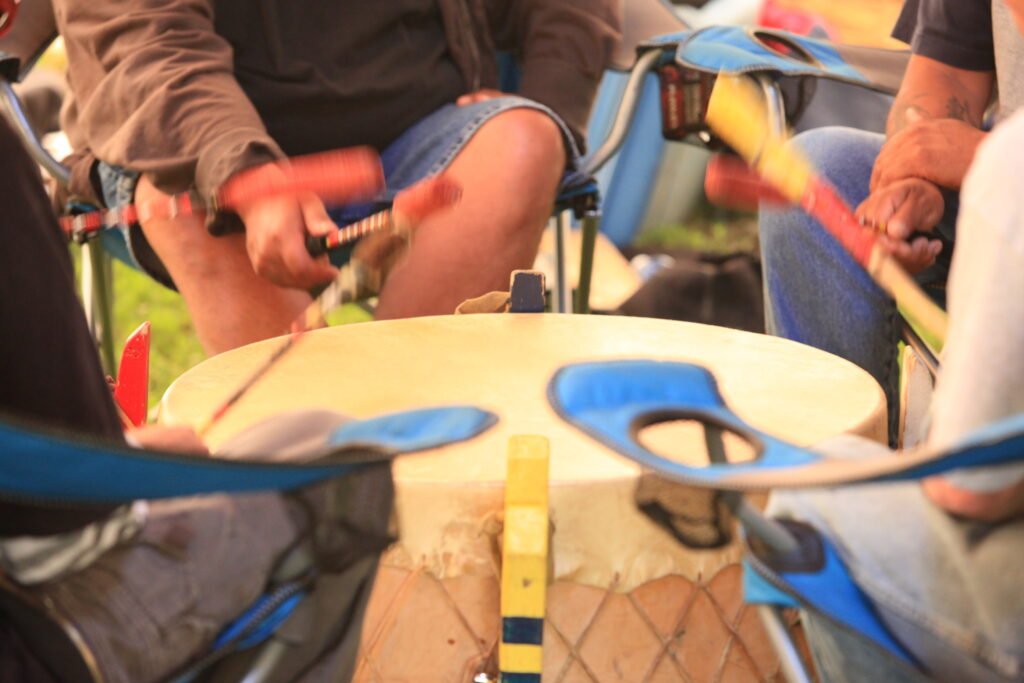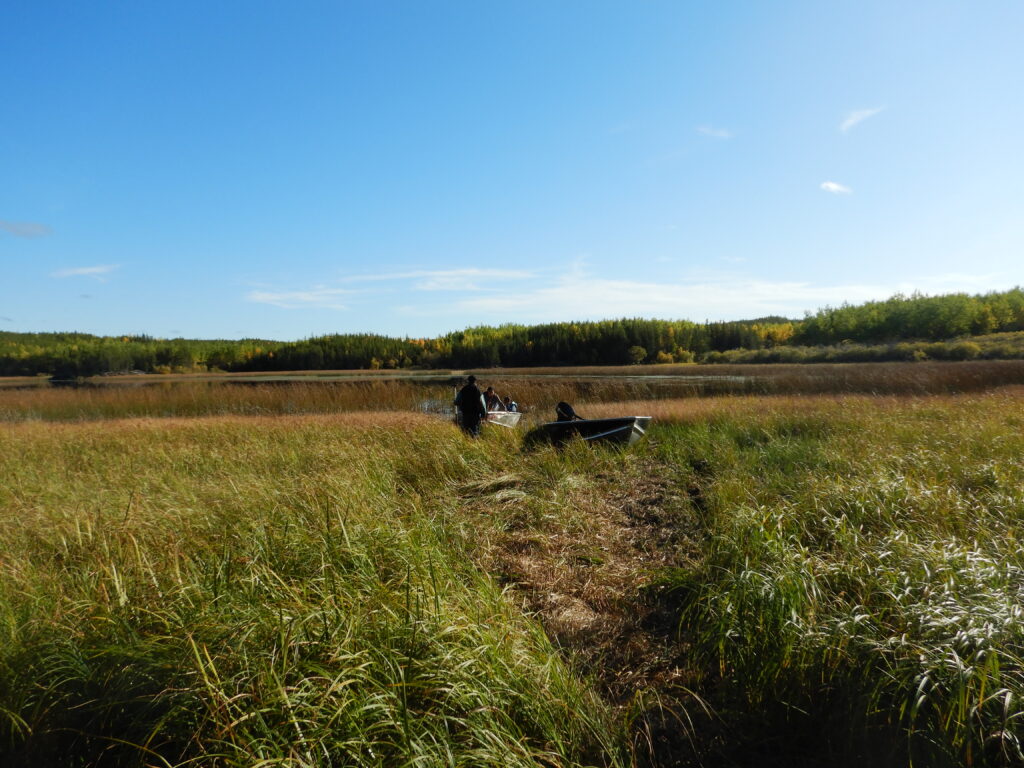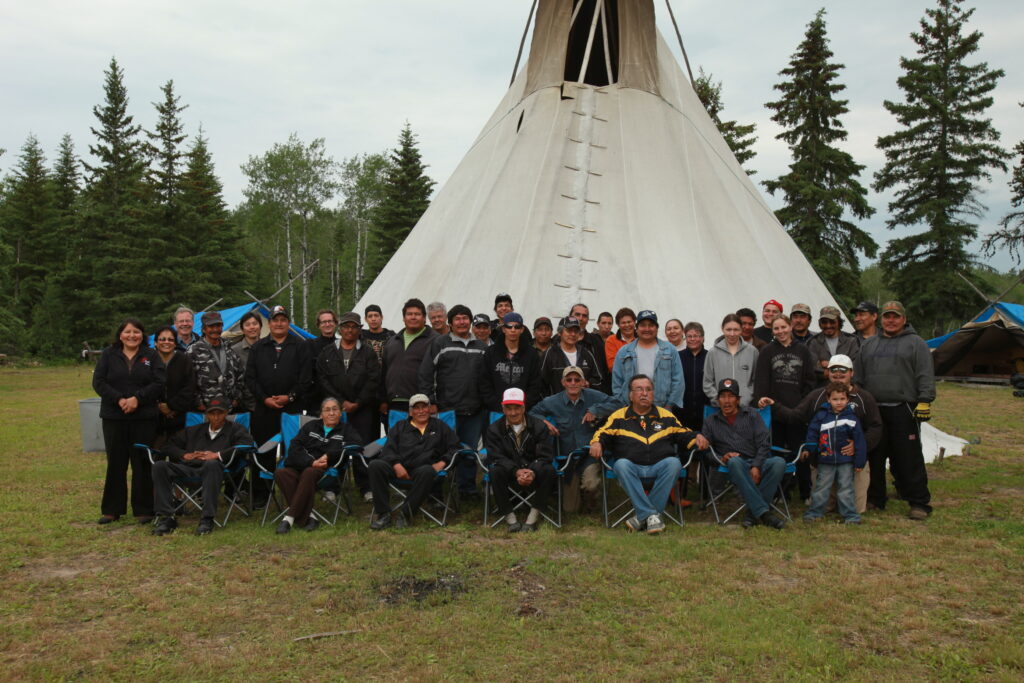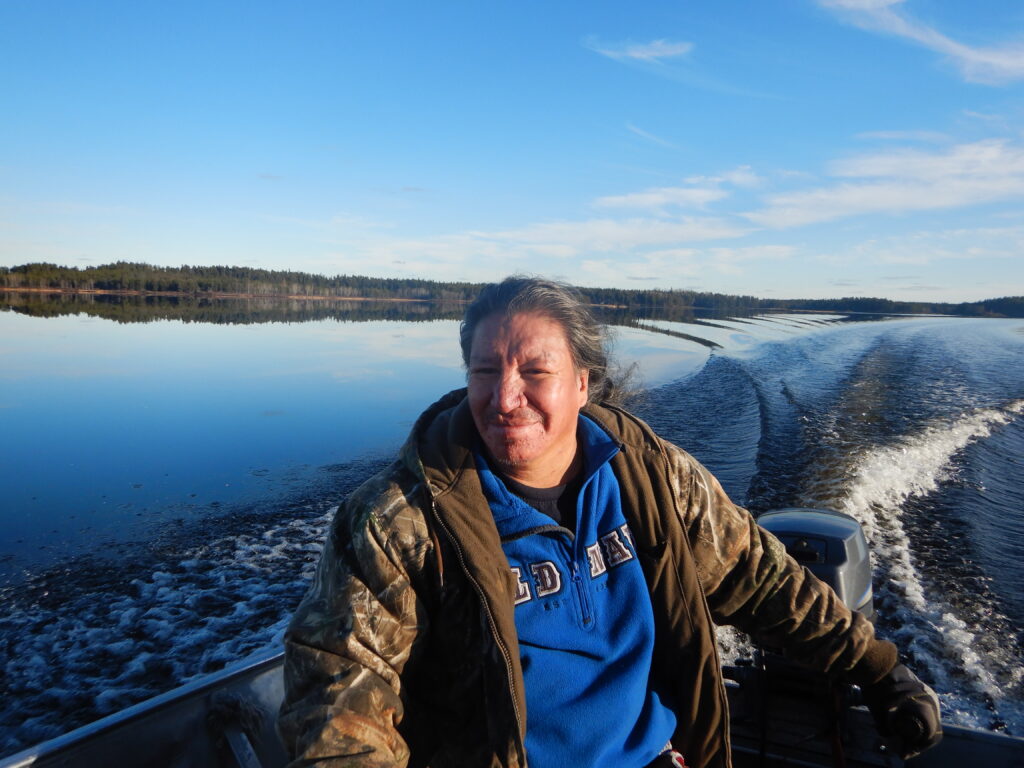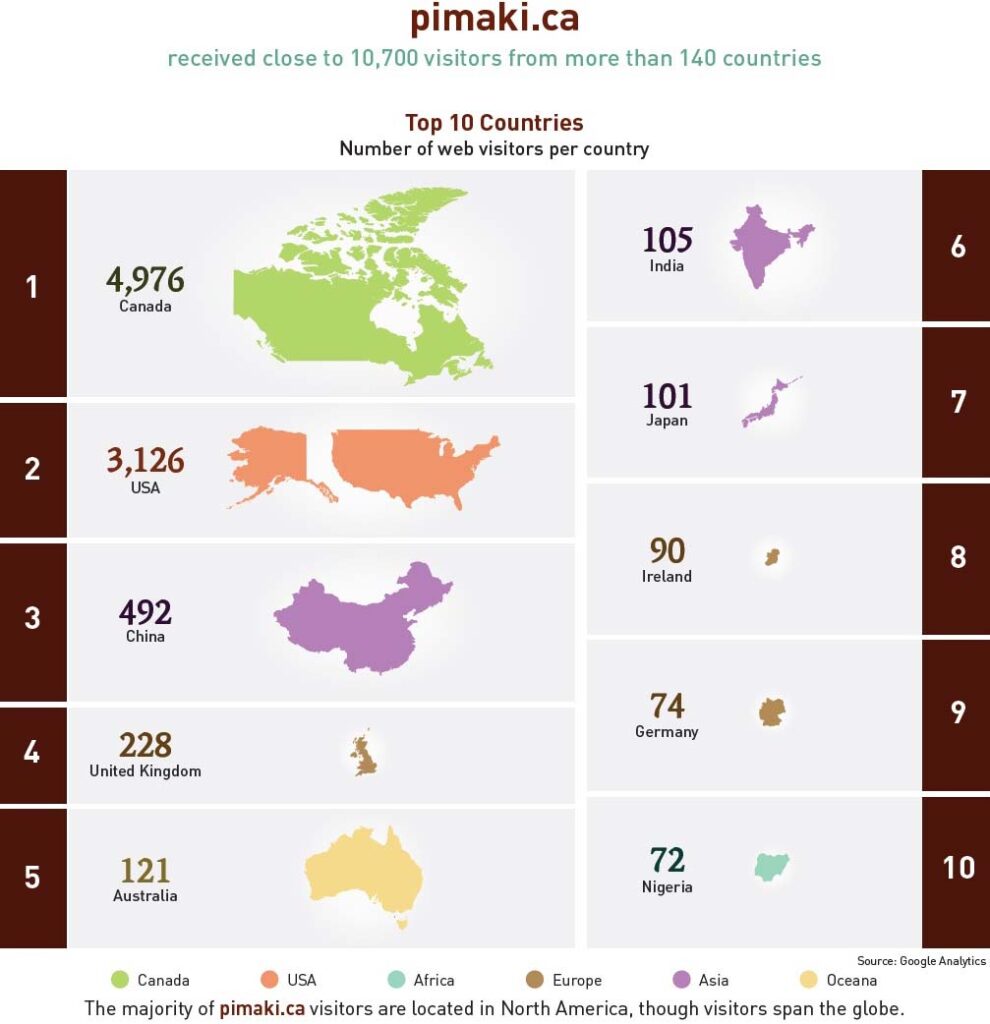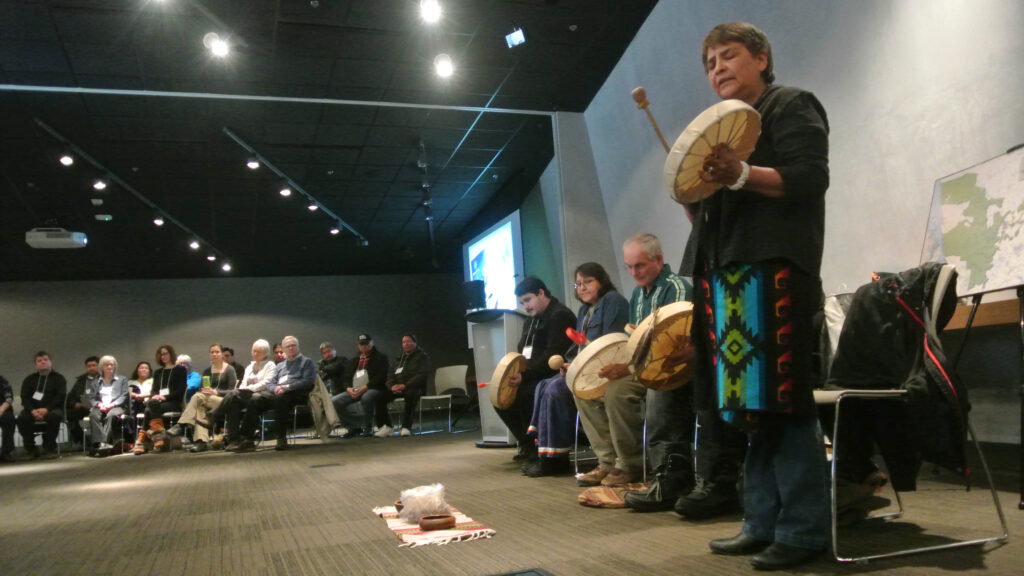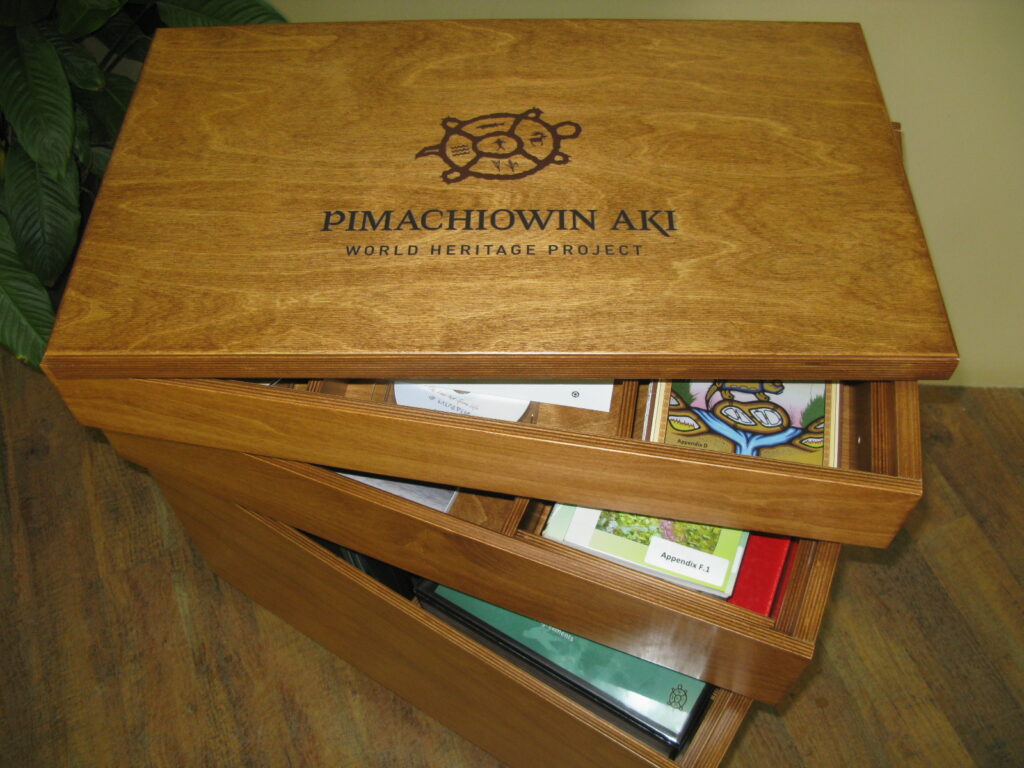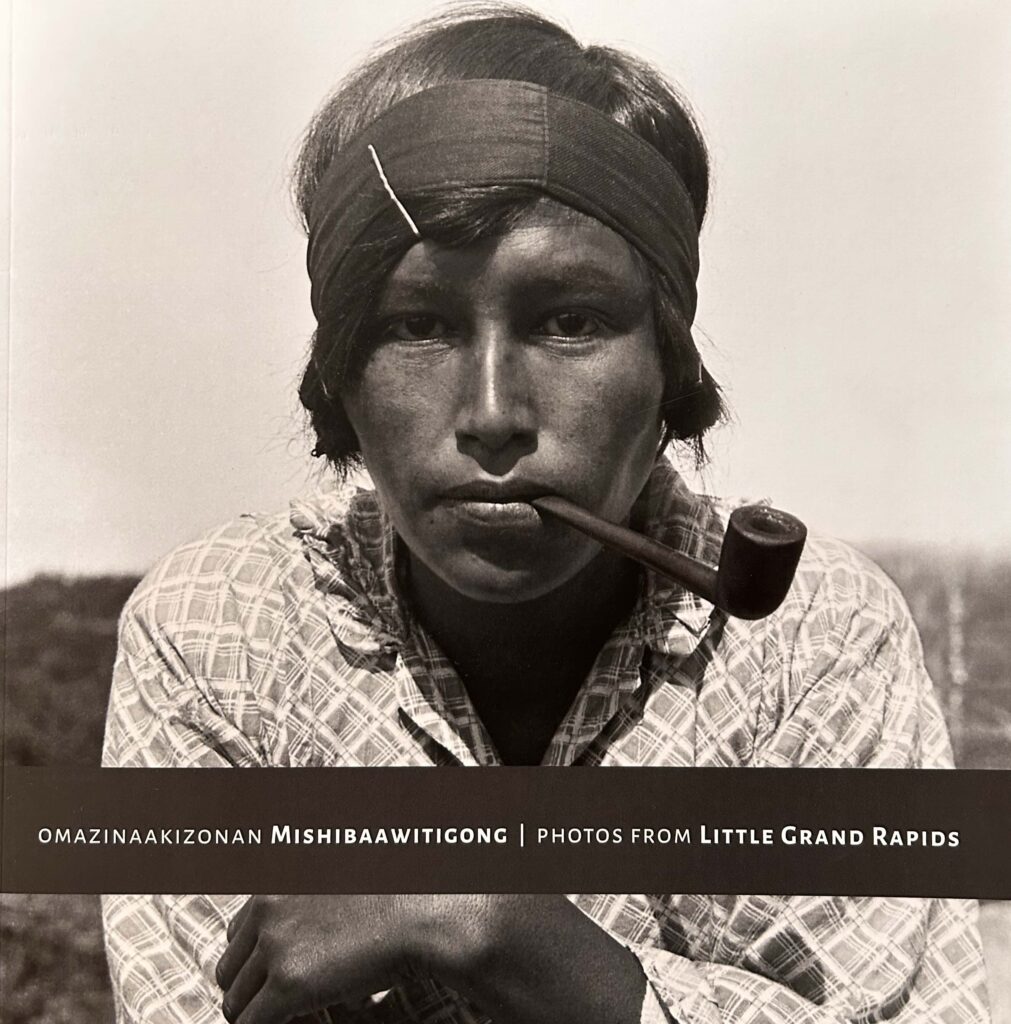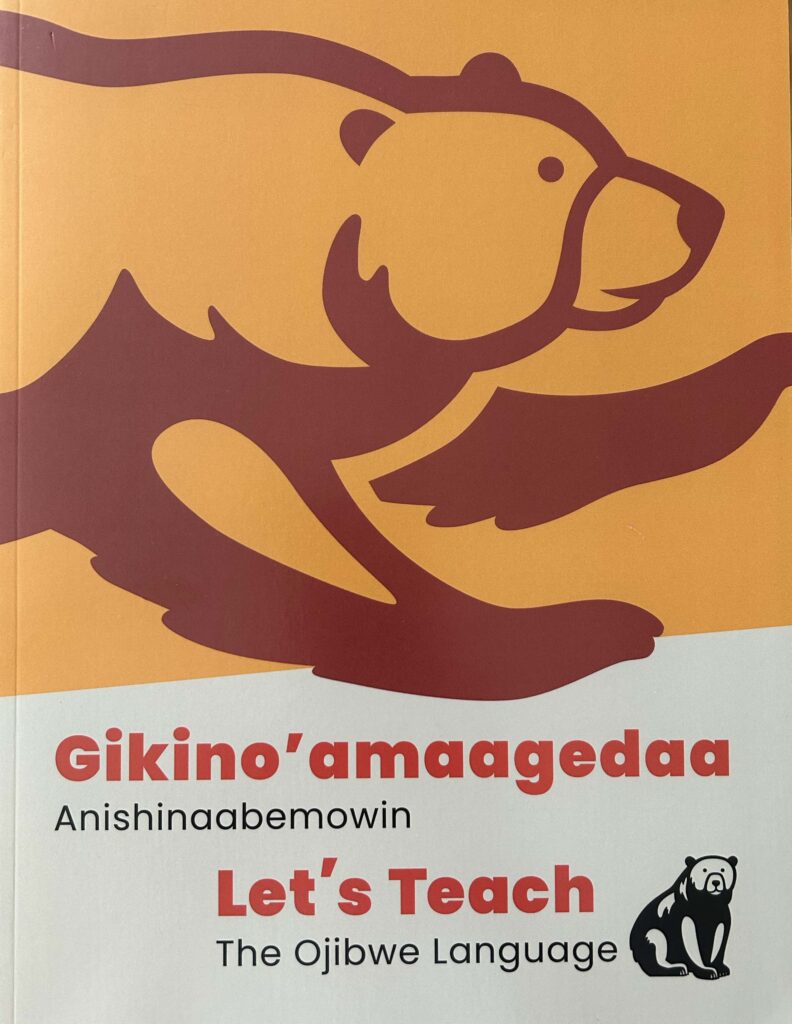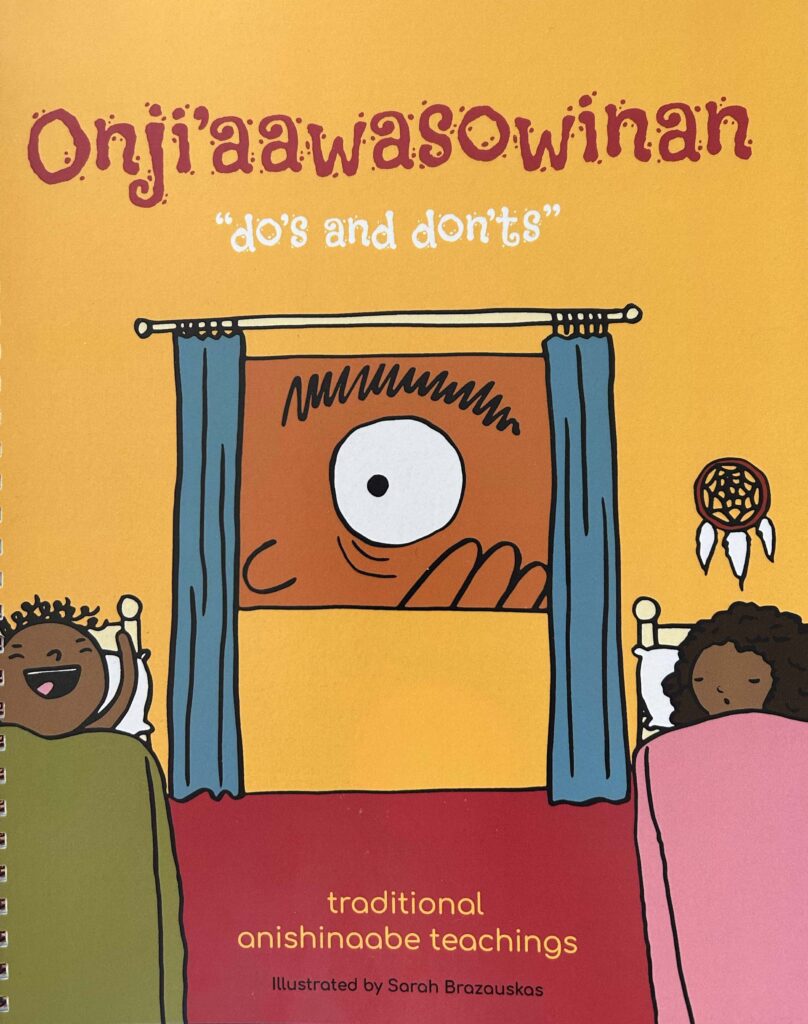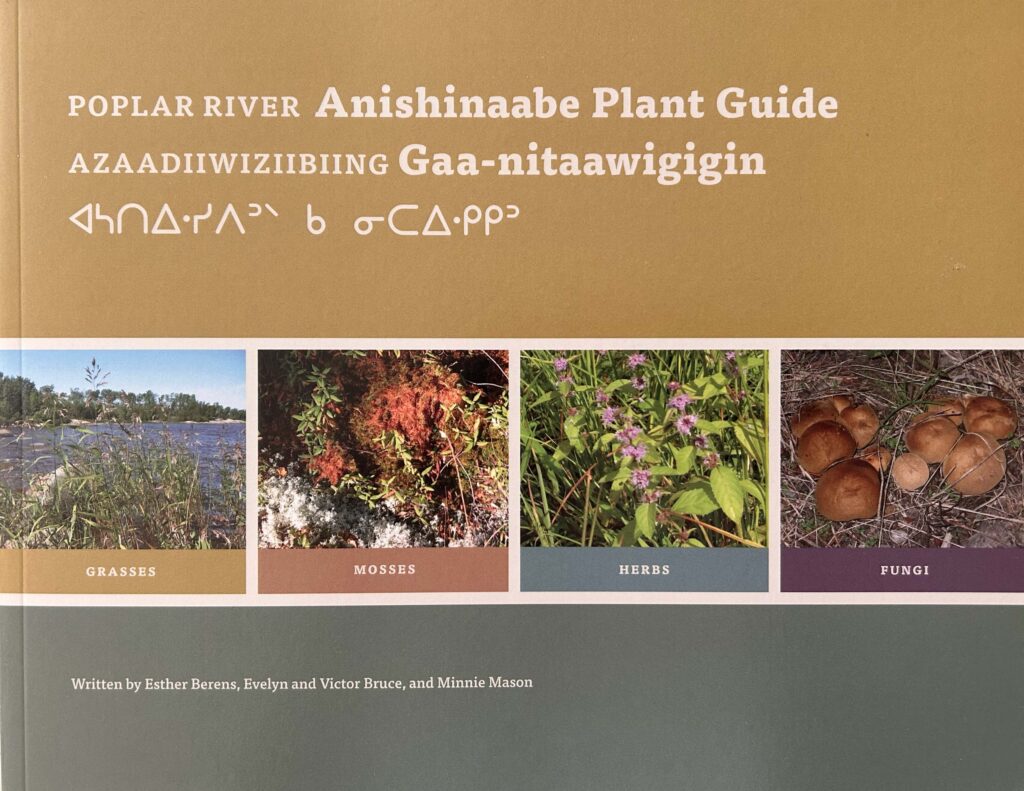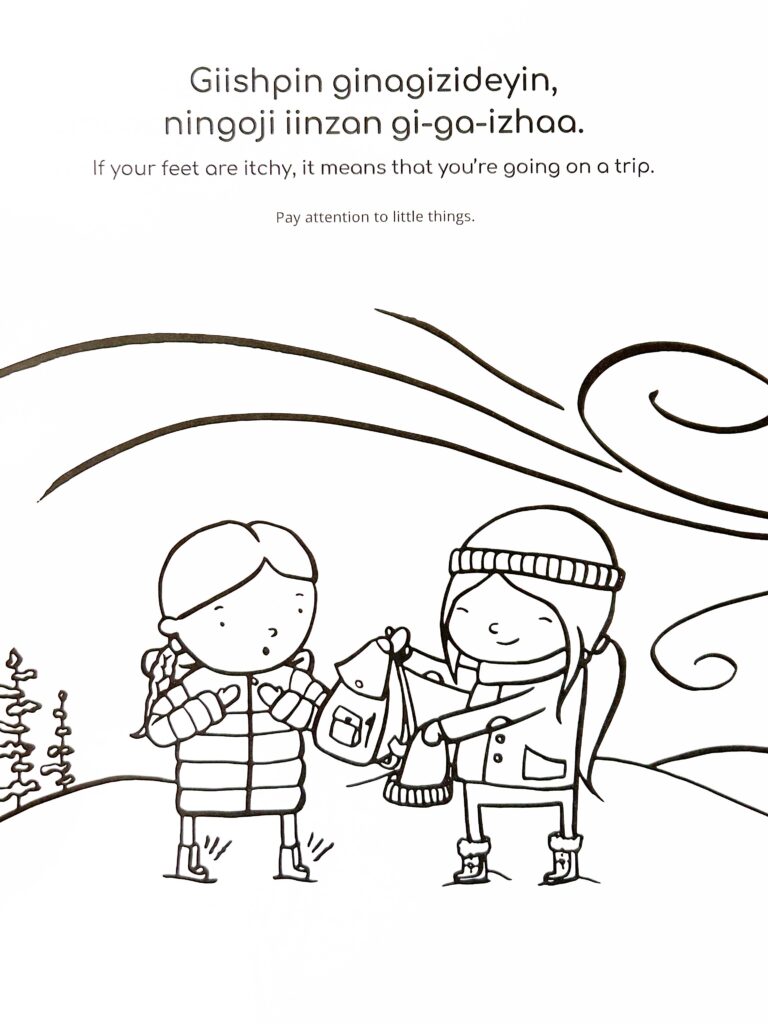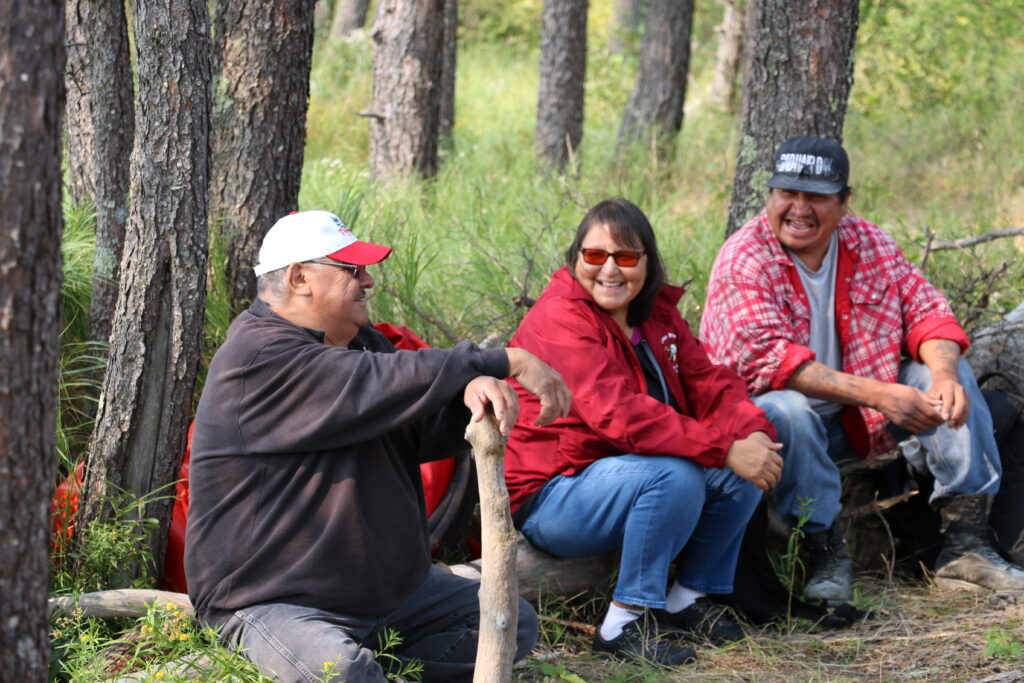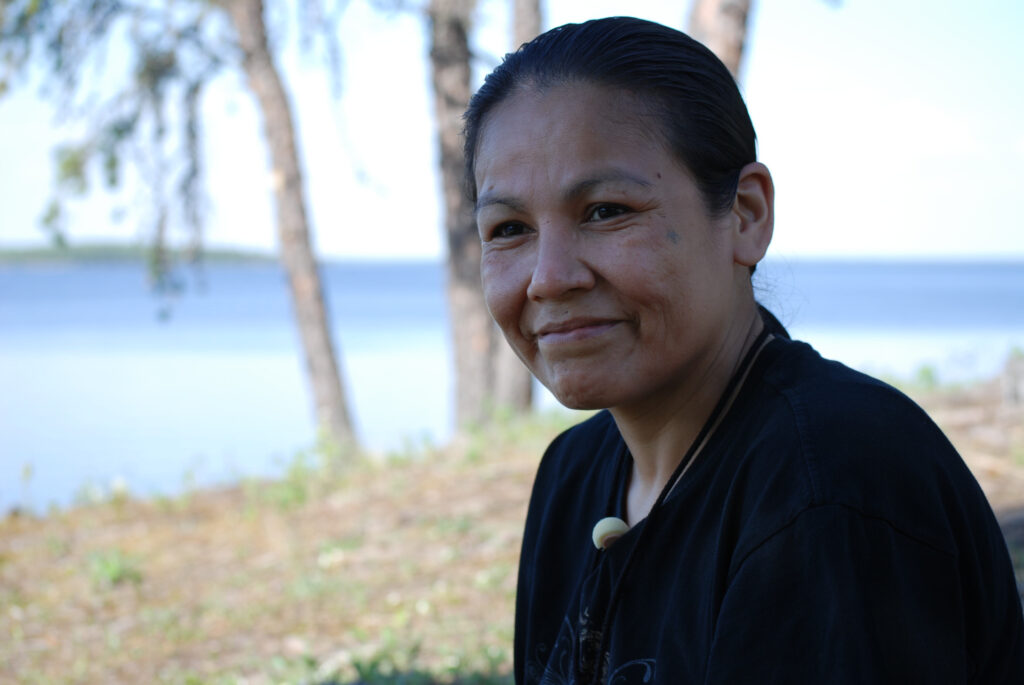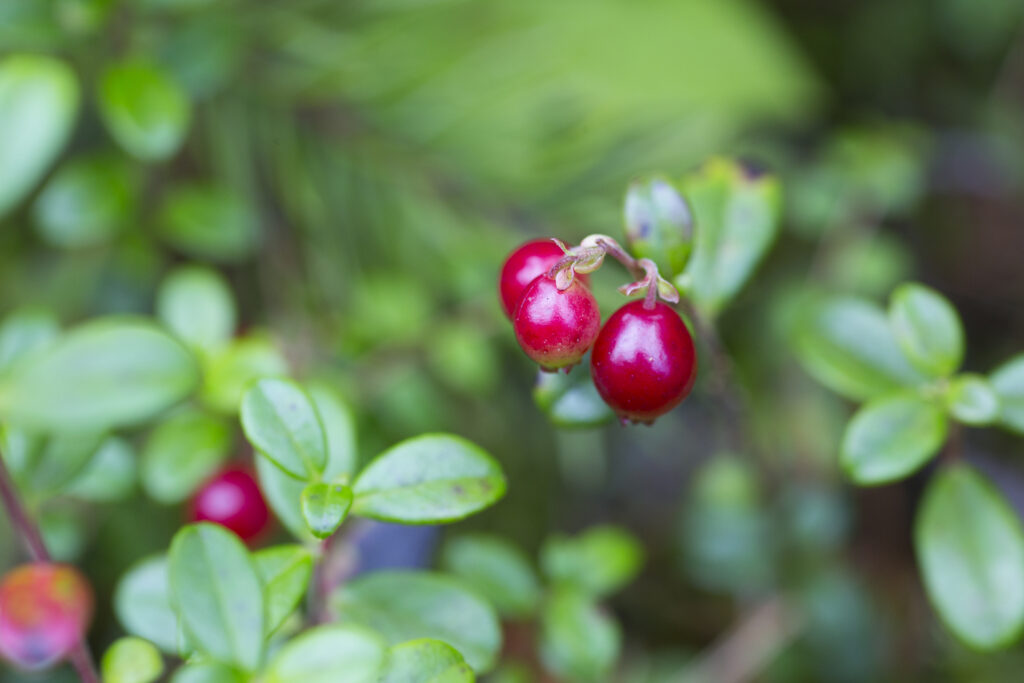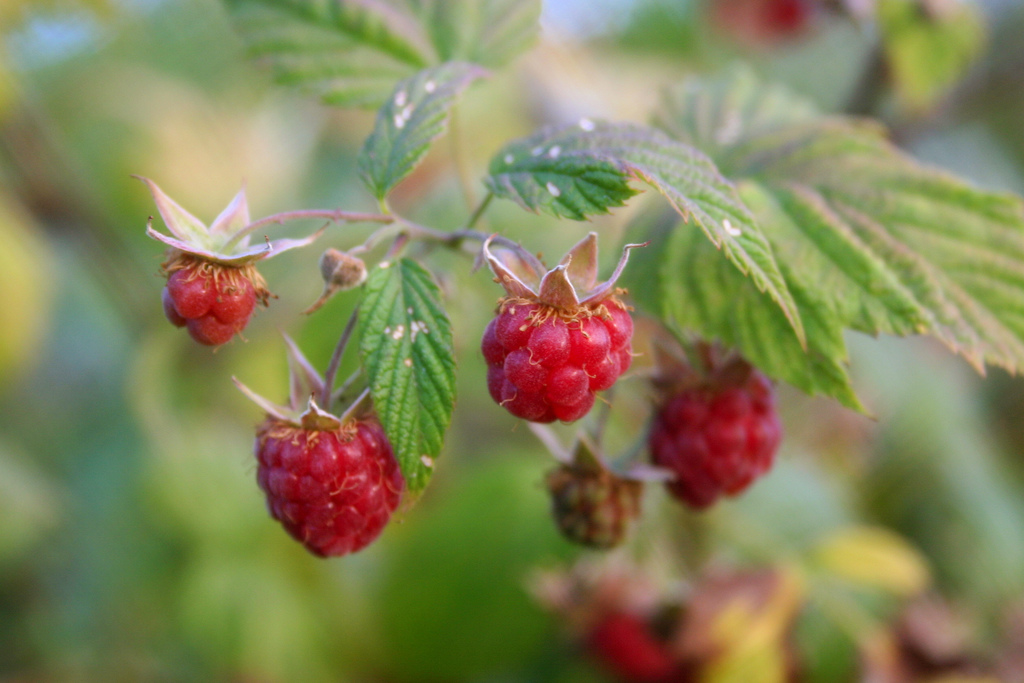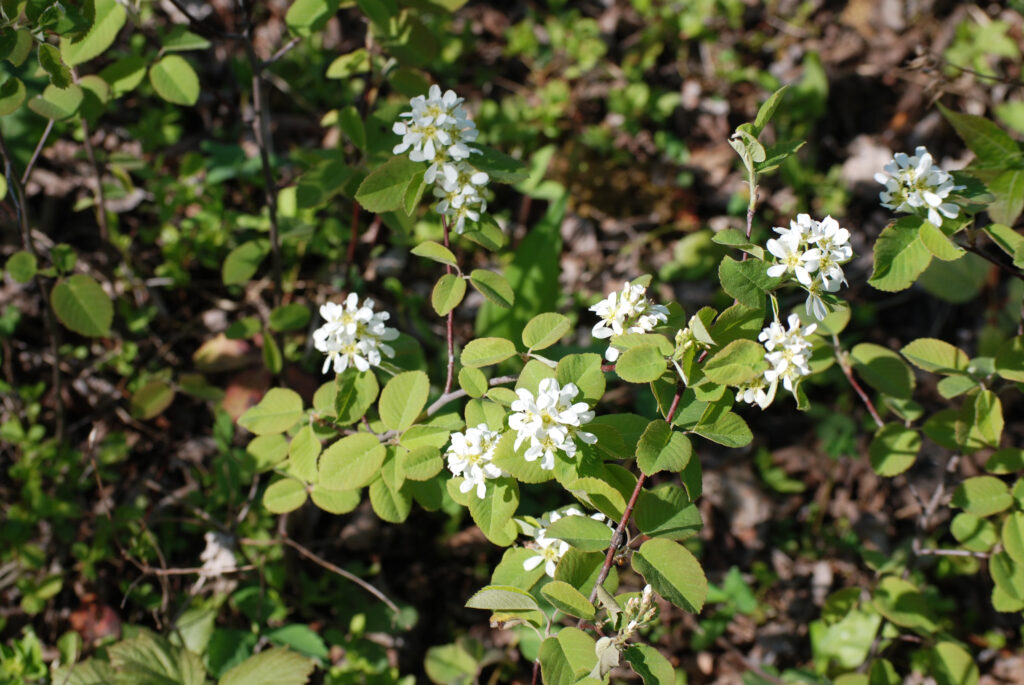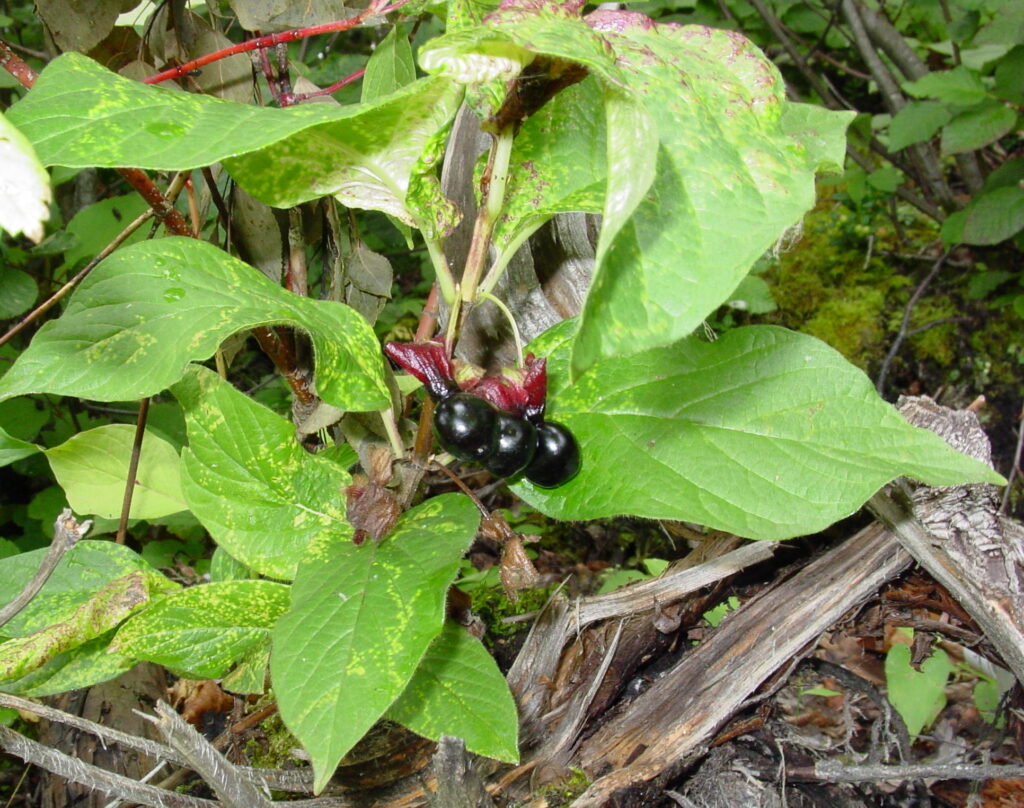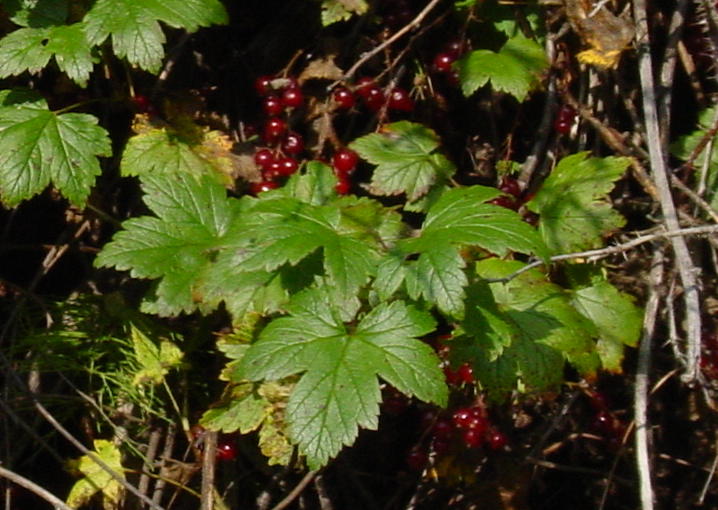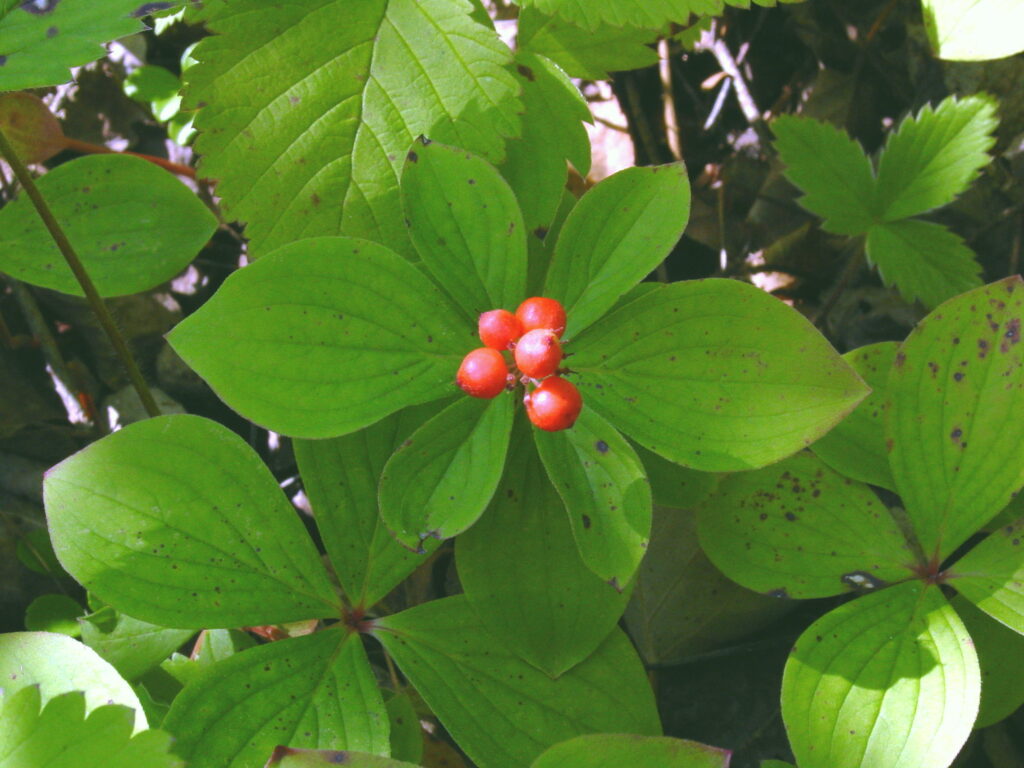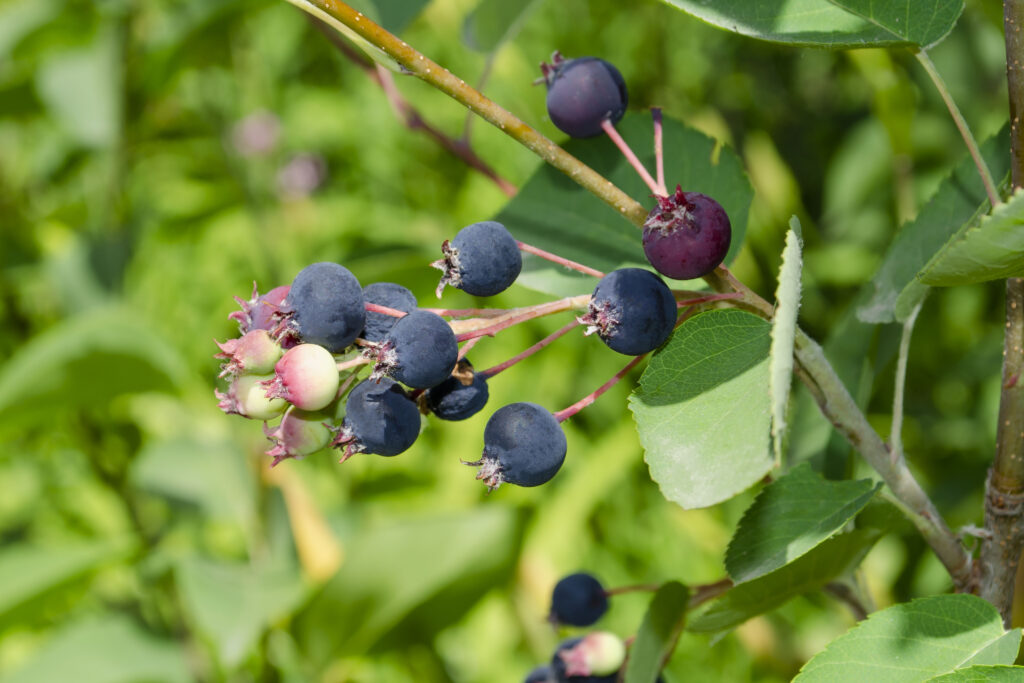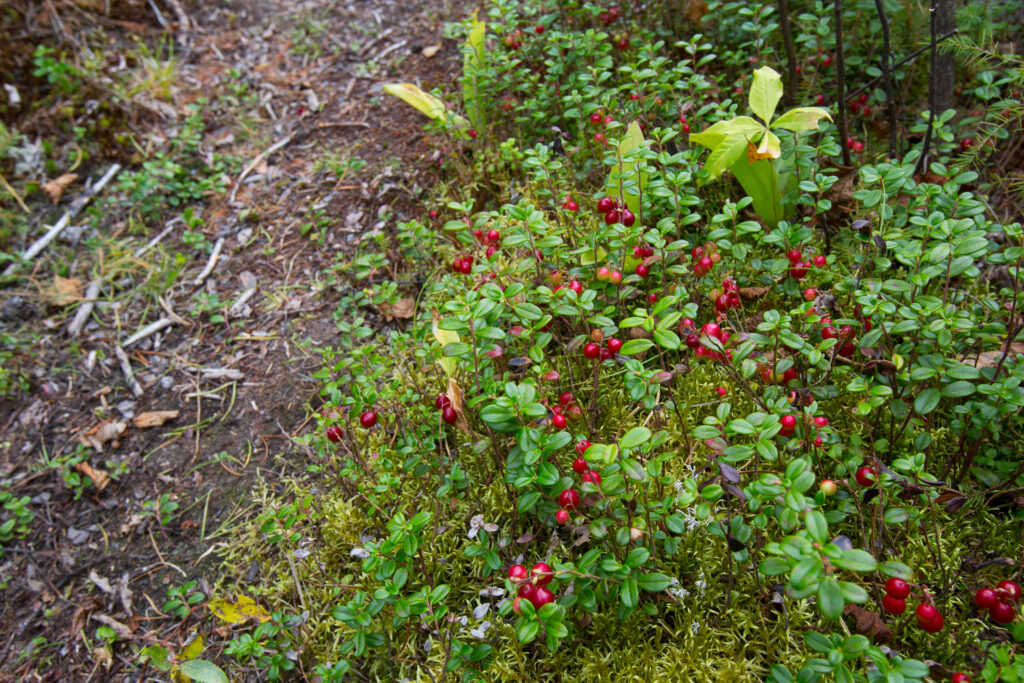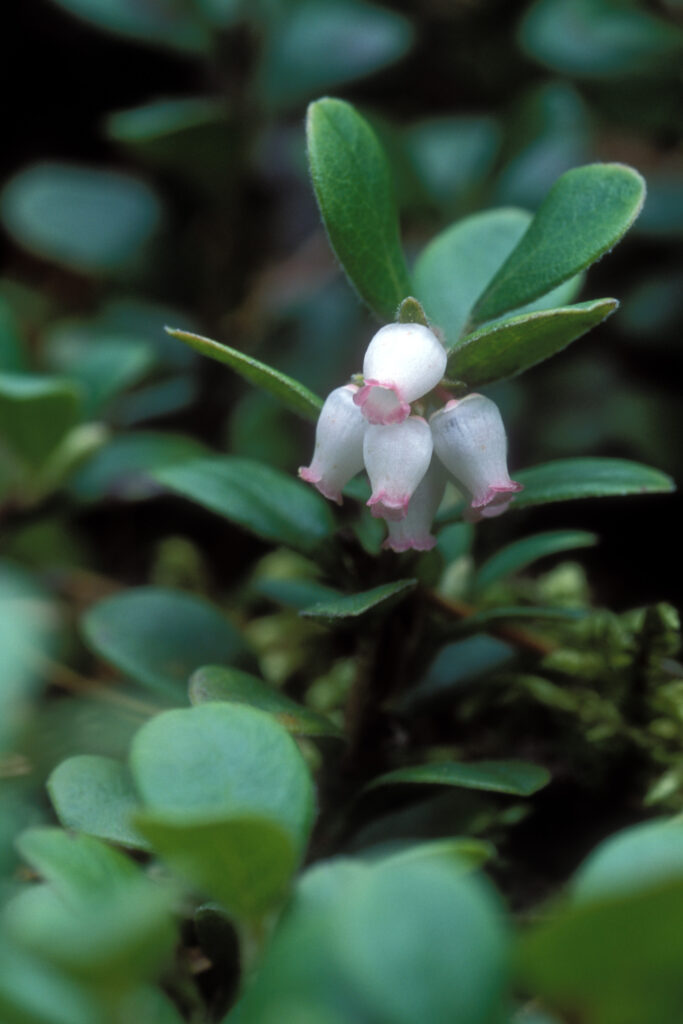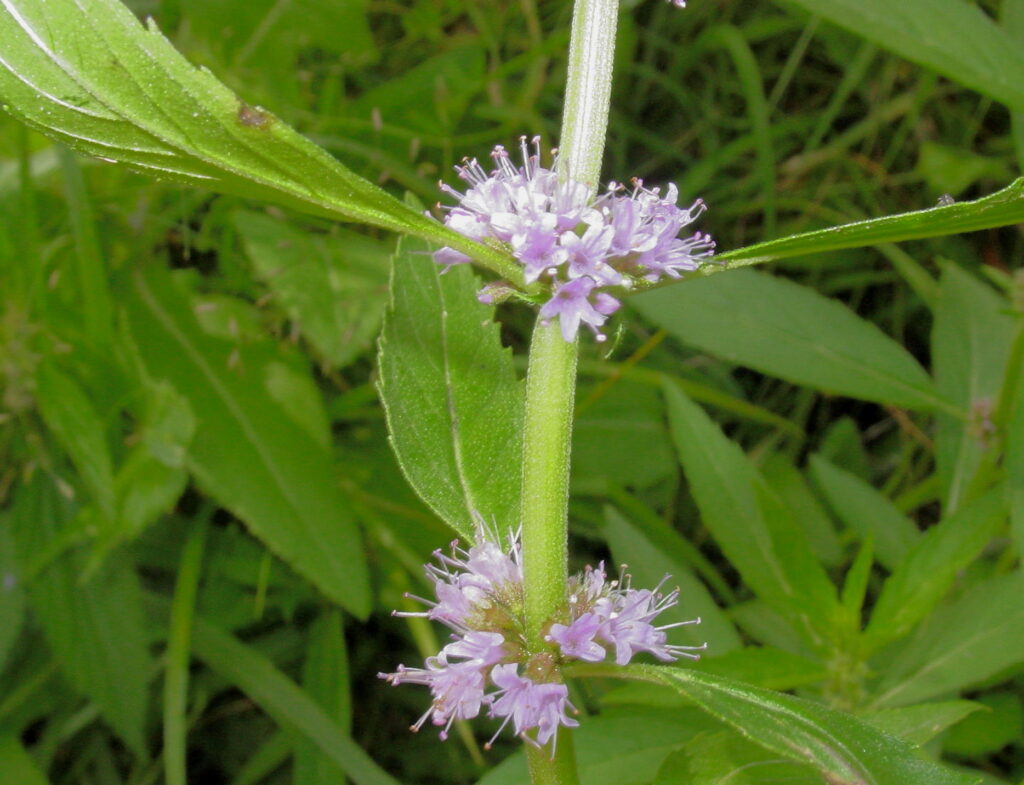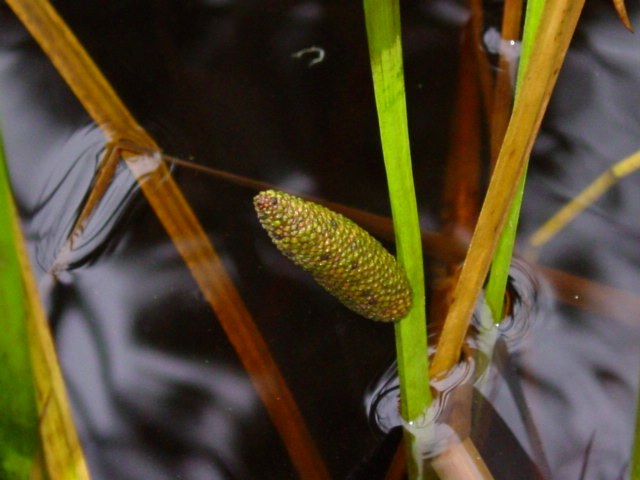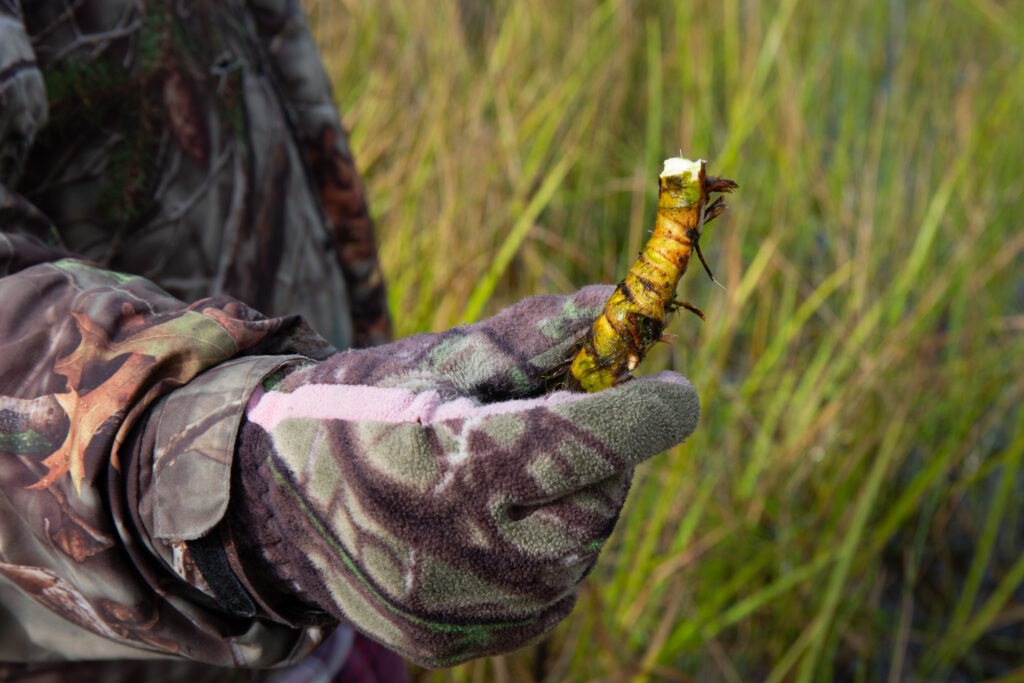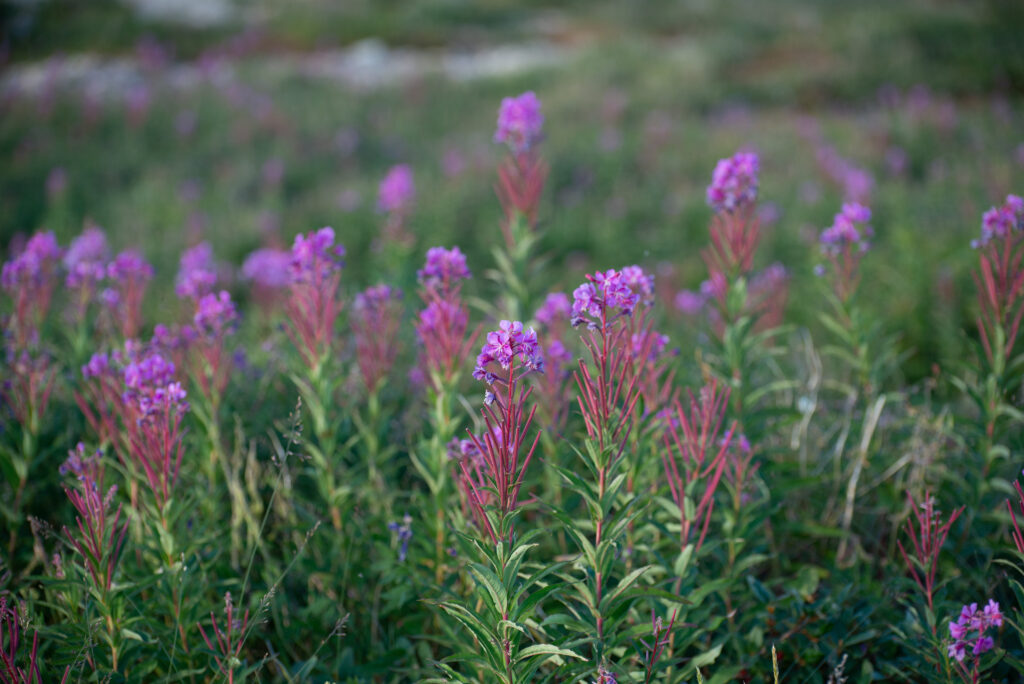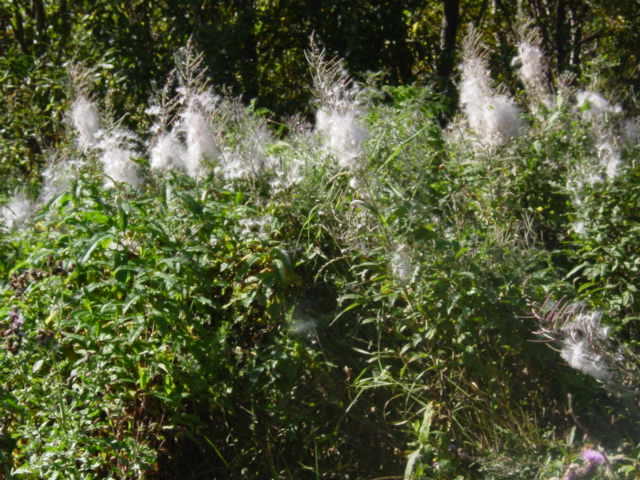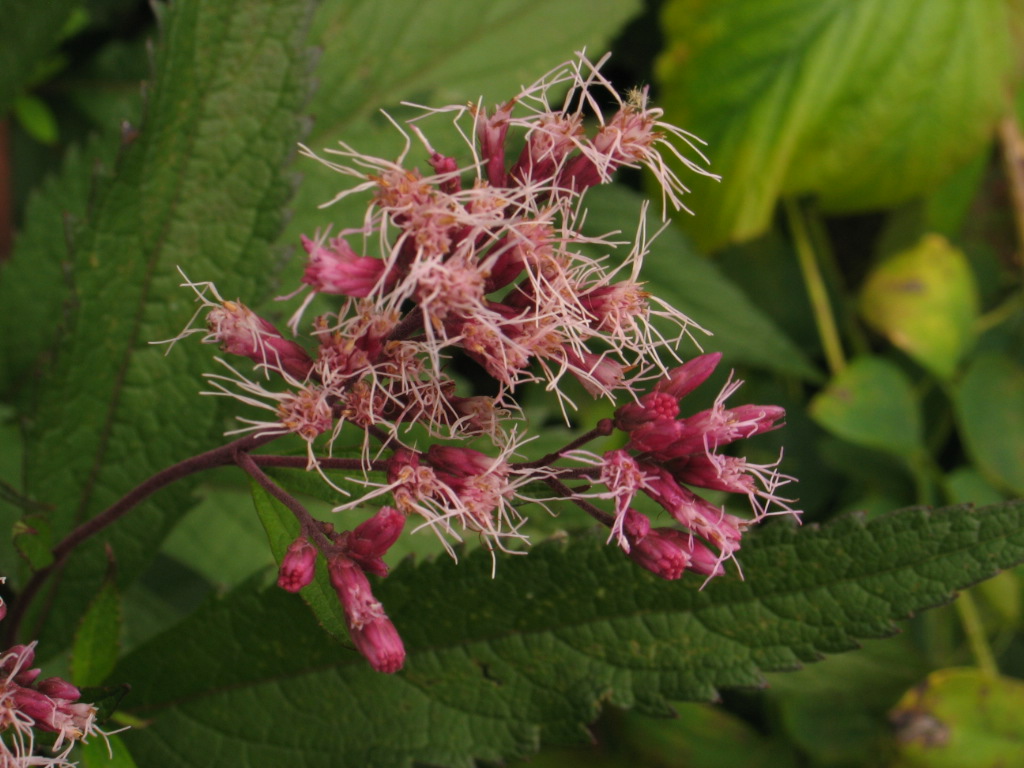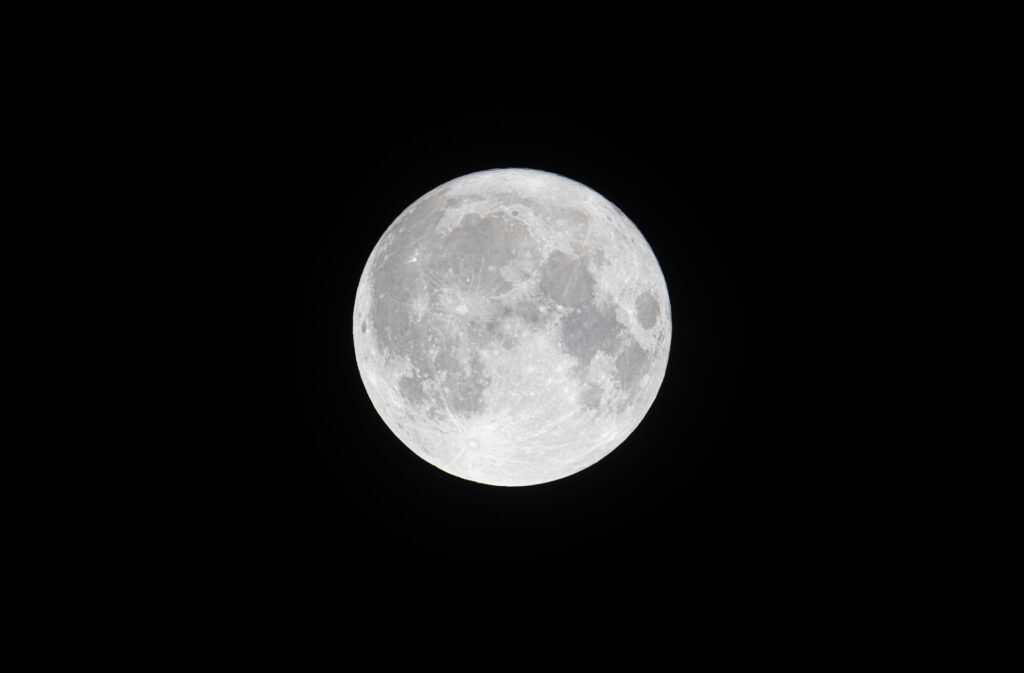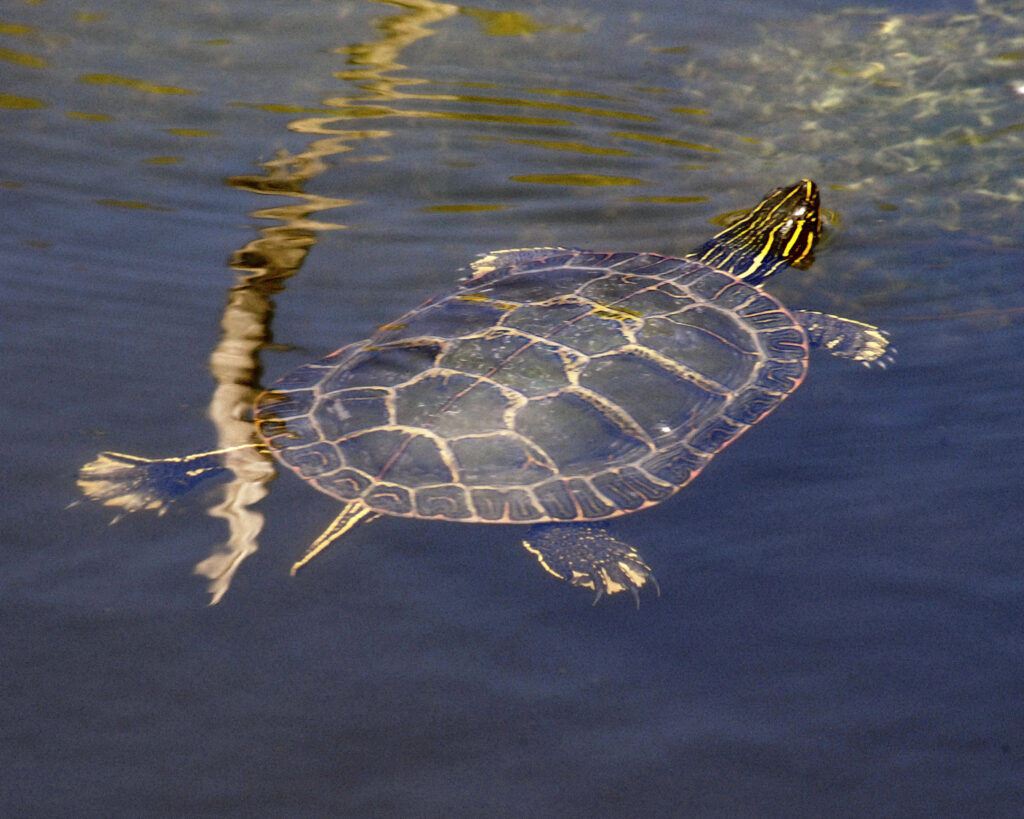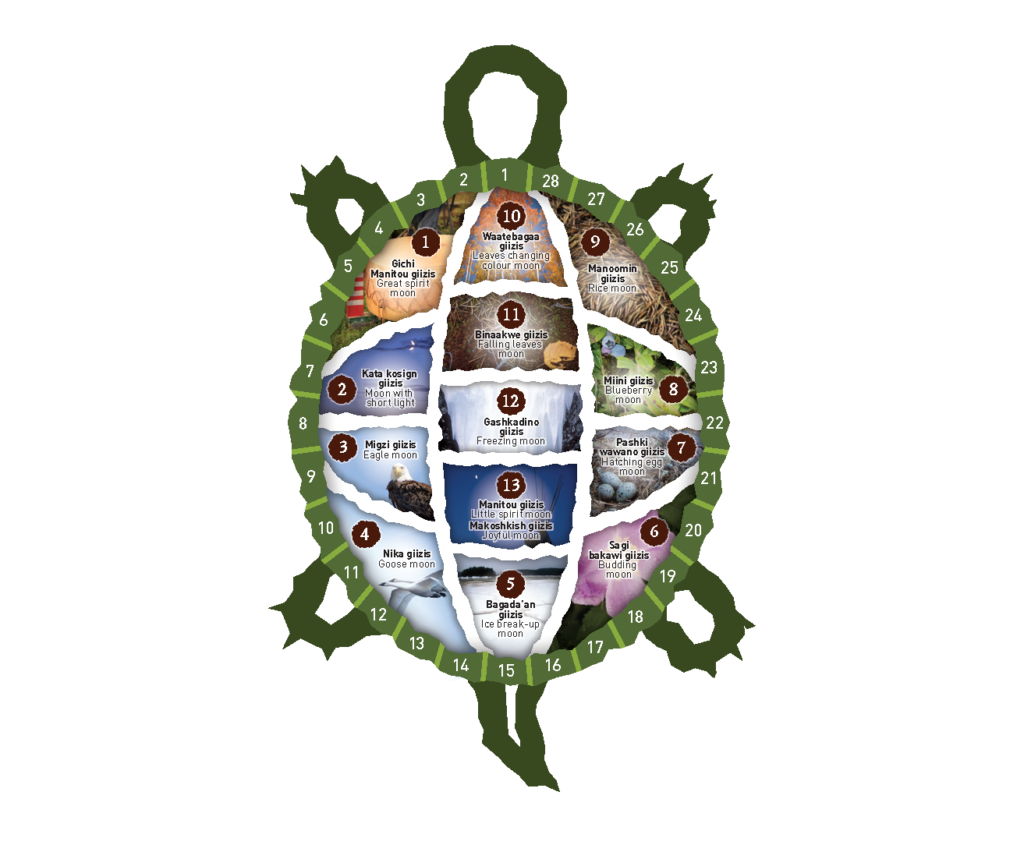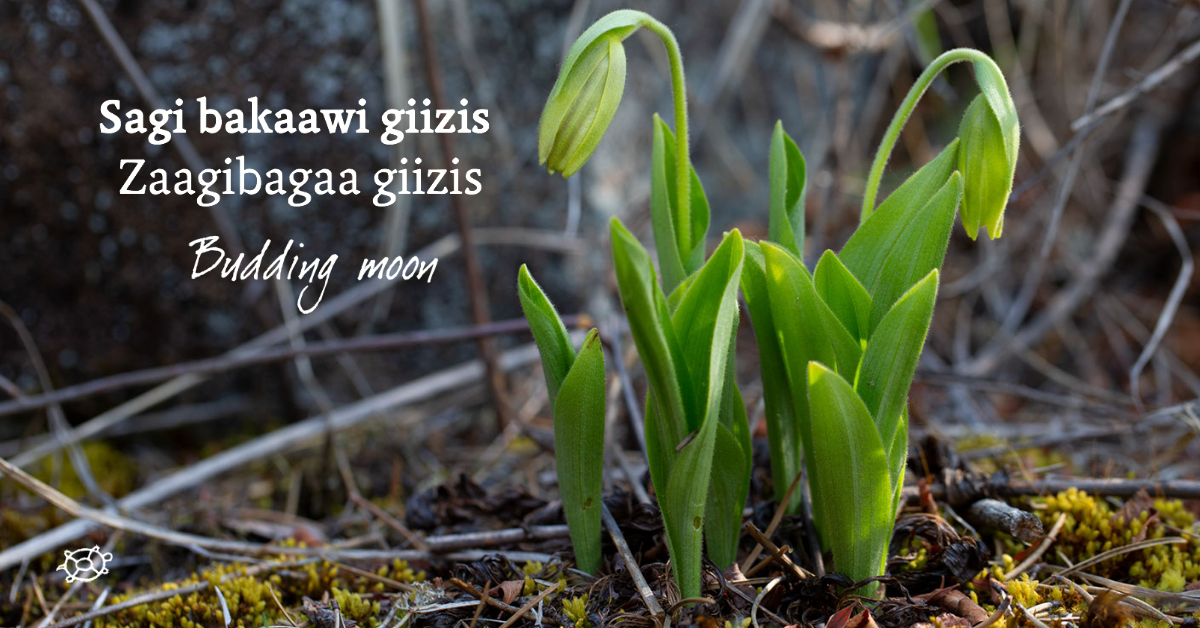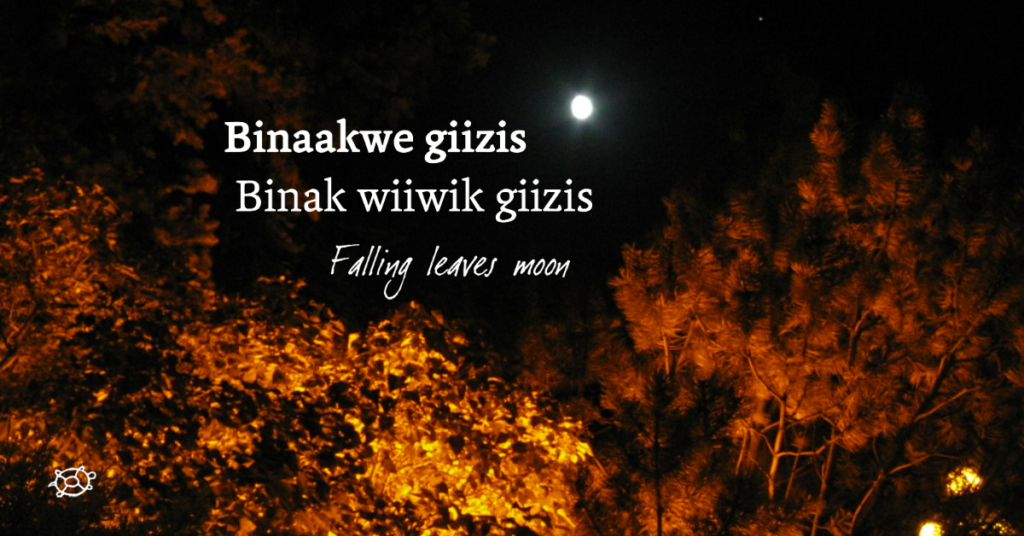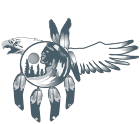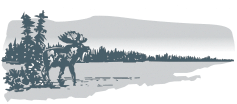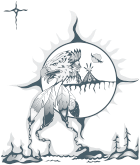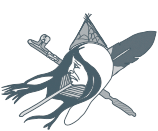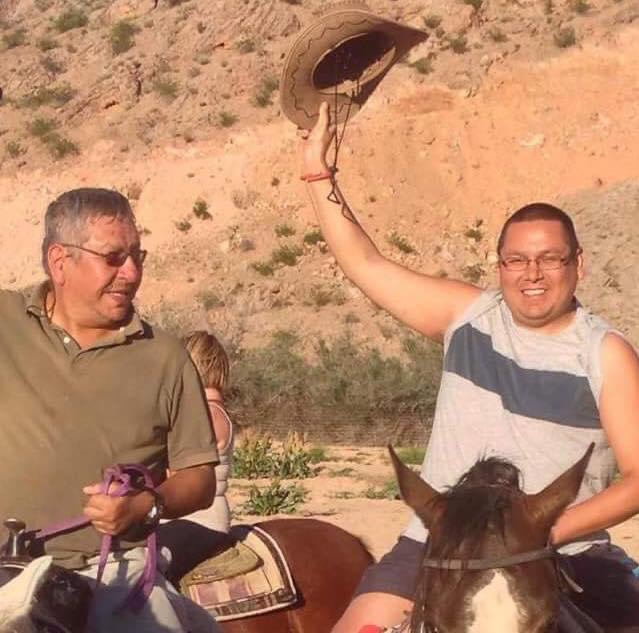
This is part two of a two-part interview with educator Jason Jones. Read more from Jason in our past newsletter.
1. Let’s get straight to a few fast facts about Ojibwe. There’s no F in the Ojibwe alphabet?
There’s also no Q, R, U, V or X. The alphabet has 17 consonants and seven vowels, including double vowels:
- b, ch, d, g, h, j, k, m, n, p, s, sh, t, w, y, z, zh
- a, aa, e, i, ii, o, oo
2. Also, what is the ‘ called and how is it used in Ojibwe?
This is called glottal stop, a sudden stop in speech. I don’t think English language has this sound.
Examples of the glottal stop in use
Omagakee’ominitik or omakakii’ominiti
(a reef where there are frogs)
Wawezhi’onan (dance capes)
3. Ojibwe words have special categories, like animate/living and inanimate/nonliving. What is animate, what is inanimate, and how do you tell?
If you don’t understand, ask someone to pluralize the word – if it ends in G/K, it’s animate. If it ends in N, it’s inanimate after you pluralize it. Sometimes we may look too far into this concept and ask why something is considered alive or not alive. It simply has to be one or the other.
Mazina’igan (book) is inanimate. I see it. If I see a mashkikiwinini (person) or Animosh (pet), I see him or her.
When talking about mitigoog (trees), it’s him or her, not it. We see trees as animate and alive. There are spirits inside there. Asiniig (rocks) are animate. Mishoomisaabikwag (Grandfather rocks) are alive and need to be respected.
4. What about fruits and vegetables? Are they animate or inanimate?
It gets a little complicated when you talk about fruits and vegetables. Some are alive and some are not – miskominag (raspberries) are animate and miinan (blueberries) are inanimate.
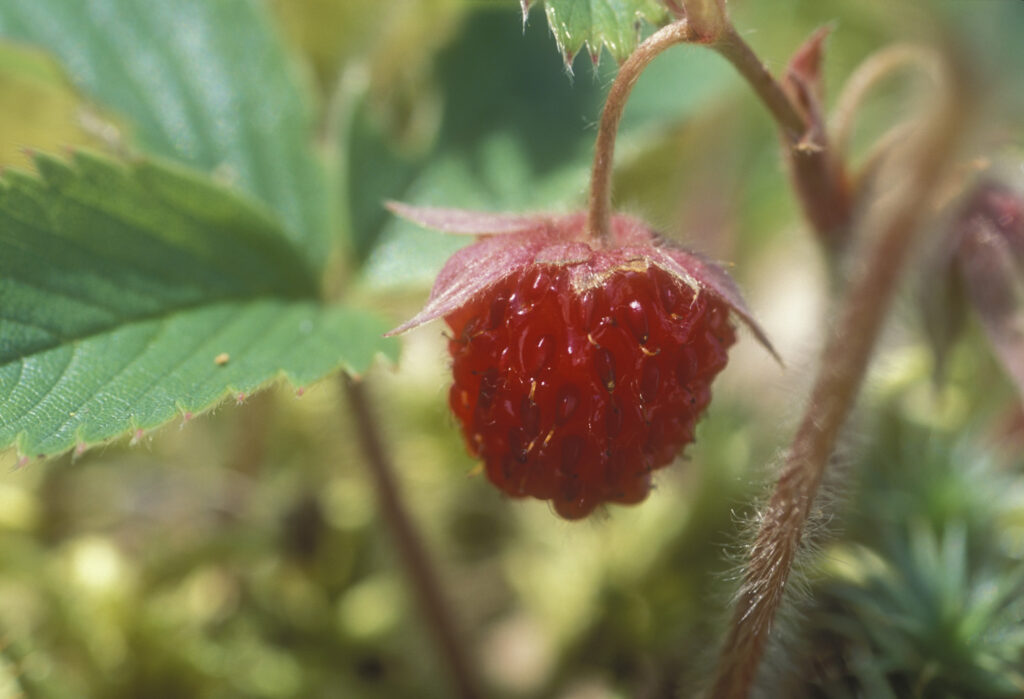
5. Do you know the reason for this?
The closest I can get is that raspberries have seeds. Another interesting one is that mikwam (ice) is animate, nibi (water) is inanimate.
In Manitoba and Ontario, odaabaanan (vehicles) are inanimate. But if you go down south to Minnesota, they’re animate, odaabaanag.
It leads me down this tunnel wondering why. But Elders have told me that it’s just the way it is. It has to be one or the other. Some things have culture built into them, as to why they are animate, like when we mentioned rocks and trees.
6. How is respect is built into the language?
When we’re in a crowd, or we have the microphone, we usually have a humbling statement. I hear this often with Elders. They’ll even acknowledge everyone by saying, “Hello my relatives” because were all related; we all have the same mother – mother earth.
Mother earth
Boozhoo nindinawemaaganag
Another example is that Katakosign giizis is a month that teaches how to be respectful. In our area it’s spelled Gaa-dakoozid giizis and means February. Its literal translation is “the one that is being short, month,” in reference to the number of days in the month. But to take it one step further, we know that other cultures have this as the shortest month – our speakers named it after that because they wanted to show respect to other cultures. When we see these names of the months, we can see our speakers/ancestors recognizing other cultures, which is through respect. This is what I mean when I say “respect is built into the language.”
Also, there are no swear words in Ojibwe/Anishinaabemowin, so right off the bat there’s respect that’s built in there.
7. How do people express themselves in place of swear words?
People call each other bad words by using body part words. They’re not swear words, but probably the closest you can get to swearing. There are other words one can use as well, most of them are visual words though. Most of the time, when one says bad words to someone, it ends in laughter.
8. Today, many people use miigwech to say thank you. But the word meant something different before. What’s the story behind this?
It’s actually two different words coming together:
- mii – thus/that
- gwech – sufficient
A long time ago, Anishinaabeg changed with the times. When we traded with the French, the going rate was a bundle of muskets for a pile of pelts. They were stacked up equally. However high the muskets were was how high the pelts were. When asked, “Mii,mii…gwech, gwech (Is that sufficient)?” the French people thought we said thank you, thank you …. Over time it got figured out. It’s how we came to understand each other, and it stuck.
9. You explained in Part I of our interview that culture is built into the language. They’re inseparable. Can you give us examples of what the language reflects?
a) How natural and dream worlds are perceived
The Creator is constantly trying to communicate with us. We usually put tobacco out and ask for help or guidance, then we pay attention and watch. There was this constellation my grandma told me about called “aatawaamoog.” I could see it in my head, but I couldn’t think of its English name, so I asked out loud, “What is this word in English, I forget?” The next day, I’m standing in line at Safeway and two ladies in front of me started talking about stars. I took my headphones off to listen. Then they said, “Orien’s Belt” and the lightbulb went off in my head and I got my answer. I’d recommend people to try this out – just say things out loud, then wait to see what happens.
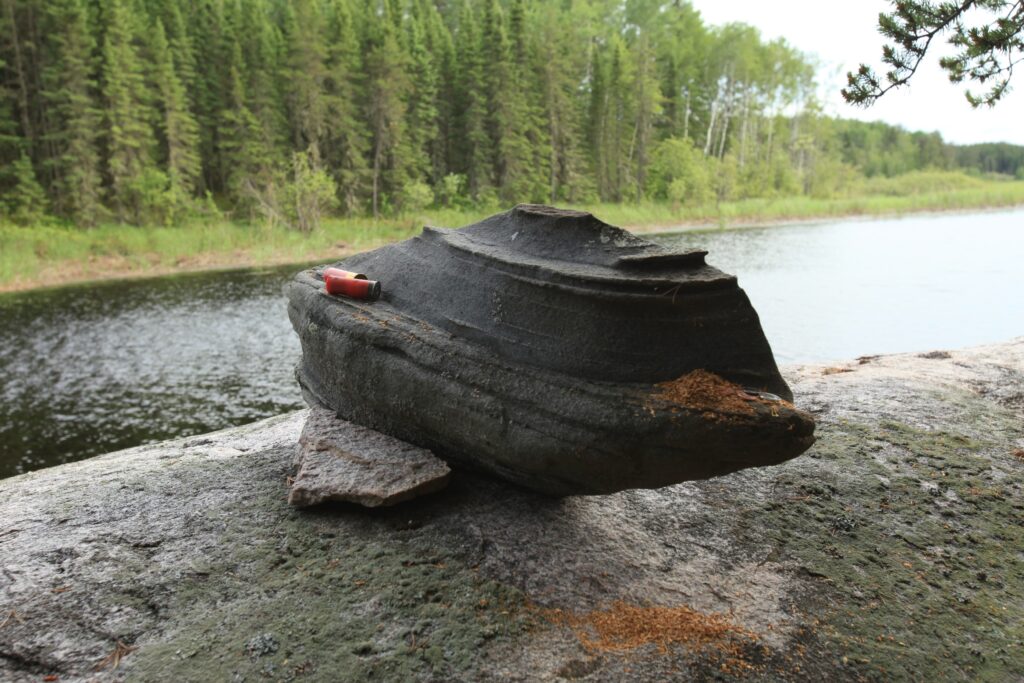
b) How animals and plants are understood
These are our teachers. We can learn a lot from animals and plants if we pay attention to them. They have so much love for us. When we see a shrew/mole it’s usually a bad sign that someone is going to pass away. But I see it as a good sign, like that animal knows what’s coming and is giving us the heads up, so we can say our last goodbyes to our loved ones. It also reminds us to love one another while we’re here.
Sage plant has things as well, we just have to look more closely. When it gets stepped on or bent, it stays that way until you see it the next day; it’s back to its normal erect state. It’s showing us it can repair itself, and we too have that ability. It could be as easy as telling your body soul spirit to help fix your knee or back problems and it will do its best to help. It’s the same thing with mental health – if we create that way of resetting our minds and giving things a day or two, then we can reset ourselves, much like the sage plant does when it gets stepped on. That’s what it’s trying to show us.
c) How hunting and other practices are expressed
We see hunting a bit different than Western views. For me, I see the spirit of the deer guiding the bullet to hit the deer and not me, the hunter, shooting him. He’s giving his life so we can live and be healthy. We have to do our part and not waste the meat or talk bad about the animal. His spirit is watching us while we cut him up and he can hear us. That’s why we hear Elders constantly saying thank you or talking highly of him while skinning.
10. In Anishinaabemowin there no words for ownership and no words for goodbye. How is this a reflection of Anishinaabe values and beliefs?
I guess there are some ownership words. Mostly with family members we see this, like father or mother – they have to belong to someone, so it’s either nindede or nimaamaa for my father or mother. The word parts are dede and maamaa but we won’t see them on their own, they have to have ownership on them.
Some might say “giga-waabamin” or “baamaa” for goodbye but all it means is, “I will see you (in the future)” or “later.” We truly can’t say goodbye to someone because that would mean we won’t see them any longer, and this gets into death, which can’t happen in our culture. We believe that we are spirits, having a physical experience right now, but we’ll go back to spirit at some time.
11. Anishinaabeg need language to understand the land. As a language expert for IISD, you translate research on climate change into Anishinaabemowin. What significant lesson has Anishinaabemowin taught you about the land?
The language taught me that much of what we see around us is very much alive. Also, our language is alive and has the ability to create new words. It is growing and has room for the future, and future words/terms. It comes back to that idea of everything is energy in motion. Our language is moving forward.
12. Eighty percent of people in Pimachiowin Aki speak Anishinaabemowin. What does this mean to you at a time when Indigenous languages around the world are at risk of disappearing?

It gives us hope. Most places aren’t as lucky as here. Some communities have lost all their language speakers. I think we’re starting to turn things around – more and more people are talking about the language now and realizing the importance of it.
13. Here are more words used in Pimachiowin Aki. What can you tell us about them?
a) Gaagige bimosemagan (It exists and travels through eternity)
- gaagige means for every
- bim – goes along
- ose – walks
- magan turns it into intransitive verb. The thing walks along forever.
The thing with Ojibwe is, it opens up the meaning of words to mean more than one thing, whereas English tries to narrow things down to one or two meanings. That’s why the translation means “it exists and travels through eternity.” It’s trying to get us to visualize the language and see it. That’s what those smaller word parts do.
b) Geeminizahgeegink (the land to grow beautifully)
I see “creating an image” that looks nice when I say this word out loud.
c) Akiiwigikendamowining (Anishinaabe land-based knowledge)
- akii- land/earth
- wi – turns noun to verb
- gikendamaw (or gikendamow) – is to know
- win – turns verb back into noun
- ing- in/at/ by something
In English, it sounds simple, like knowing the animate land. But the word parts allow us to see this in action, and what we see is where a better translation comes in – we see the land being known.
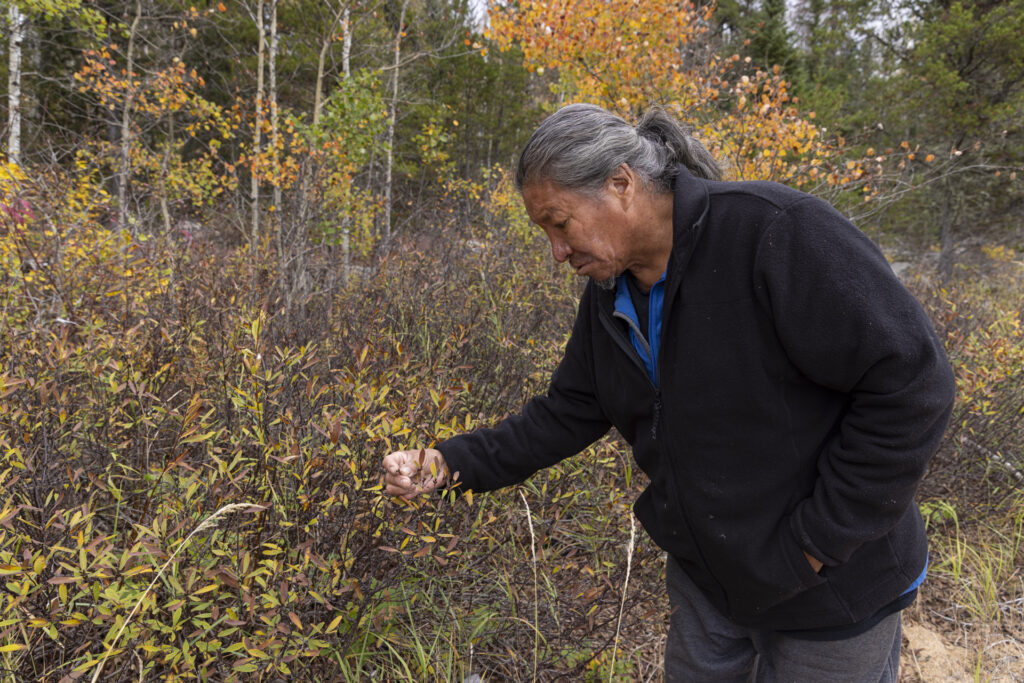
14. Where can people find your lessons to learn Ojibwe and connect to their cultural heritage?
Sayitfirst.ca has much of our books, wakingupojibwe.ca is where I’ve been putting resources. Both of these will help with language.
